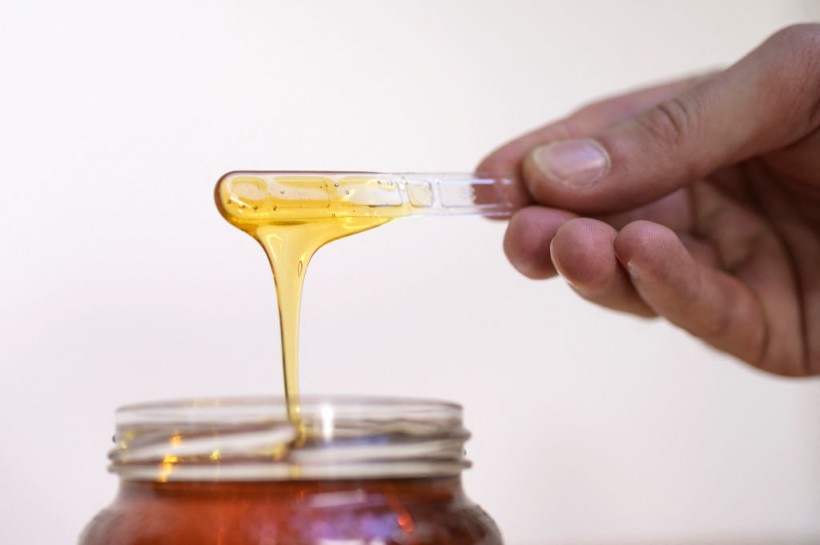Honey is a sweet and versatile product that has been used for centuries as a food, medicine, and beauty ingredient. But behind the golden liquid lies a complex and fascinating process that involves millions of bees and thousands of flowers.
However, this process is under threat, as honey production has been declining worldwide for decades. What are the causes and consequences of this alarming trend? A new study by Penn State researchers sheds some light on this mystery and offers some possible solutions.
A Sticky Situation
 (Photo : MARCO BERTORELLO/AFP via Getty Images)
(Photo : MARCO BERTORELLO/AFP via Getty Images)

The world has been witnessing a steady decline in honey production, and the reasons behind this are as complex as they are alarming.
A recent study by Penn State researchers dives deep into five decades of data, unraveling intricate patterns and correlations that might hold the key to understanding this phenomenon.
The study reveals a multifaceted issue intertwined with environmental, biological, and perhaps even commercial factors. Honey yields in the U.S have been on a downward spiral since the 1990s. Producers and scientists alike were baffled, but now, light is being shed on this enigmatic issue.
Blooming Problems
One of the pivotal findings of the research points towards a reduction in flower populations across different regions. This decline is not just numerical; it extends to the variety and health of these blossoms - an essential source of nectar for bees.
The researchers have meticulously analyzed potential factors influencing this decline. They've drawn correlations between changing environmental conditions, human intervention, and their direct impact on floral health - subsequently affecting honey production.
The implications of these findings are significant. It's not just about less honey on our breakfast tables; it's indicative of an underlying ecological imbalance that could potentially affect various facets of our environment and biodiversity.
Also Read: Colombia Uses Seized Timber to Help Bees and the Environment
A Sweet Solution?
The study also suggests some possible ways to mitigate the decline in honey production and preserve the vital role of bees in our ecosystem.
One of them is to increase the diversity and abundance of flowers in agricultural landscapes, which could provide more nectar sources for bees and other pollinators.
Another strategy is to promote sustainable honey harvesting and beekeeping practices, which could benefit both people and nature.
According to WWF, honey production can provide alternative livelihoods for communities that depend on at-risk or depleted ecosystems, such as forests and fishing grounds.
Moreover, honey production can also support the conservation of native bee species, which are essential for pollinating many crops and wild plants.
Honey is not only a delicious and nutritious product, but also a reflection of the health and harmony of our natural world. By understanding the factors that affect honey production and taking action to protect it, we can ensure that this precious resource will continue to sweeten our lives and sustain our planet.
Related article: Study Shows that It May Take a Few Generations Before Bees Recover from a Single Exposure to Insecticide
© 2024 NatureWorldNews.com All rights reserved. Do not reproduce without permission.


![Plastic Pollution: Scientists Include Spores of Plastic-Eating Bacteria ‘Bacillus Subtilis’ to Develop 'Self-Digesting Plastic' [Study]](https://1471793142.rsc.cdn77.org/data/thumbs/full/70396/280/157/50/40/plastic-pollution-scientists-include-spores-of-plastic-eating-bacteria-bacillus-subtilis-to-develop-self-digesting-plastic-study.jpg)


